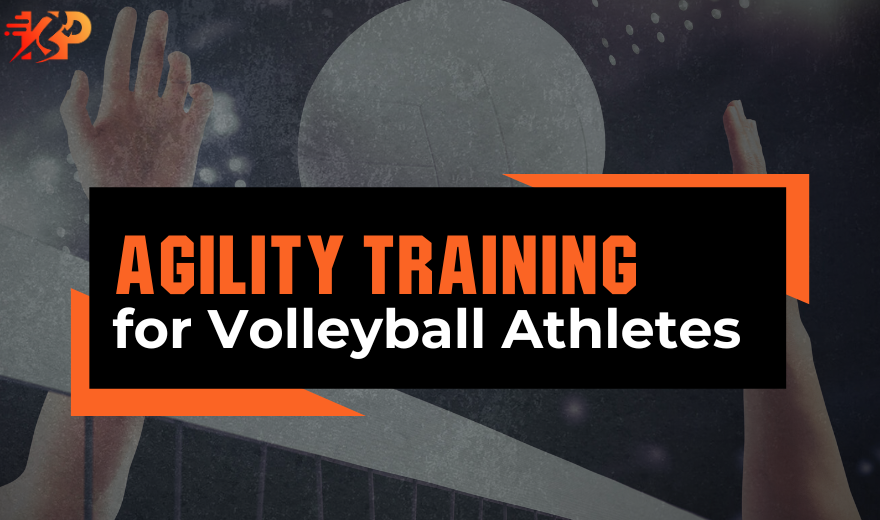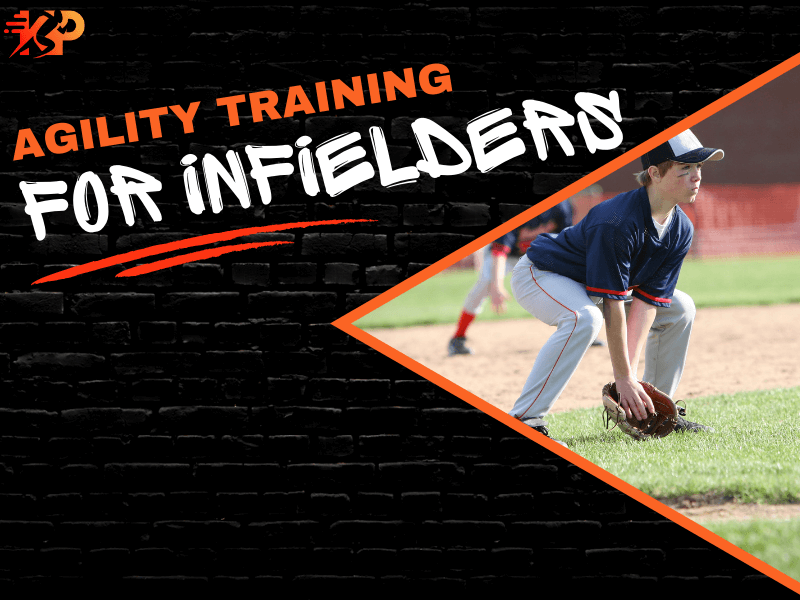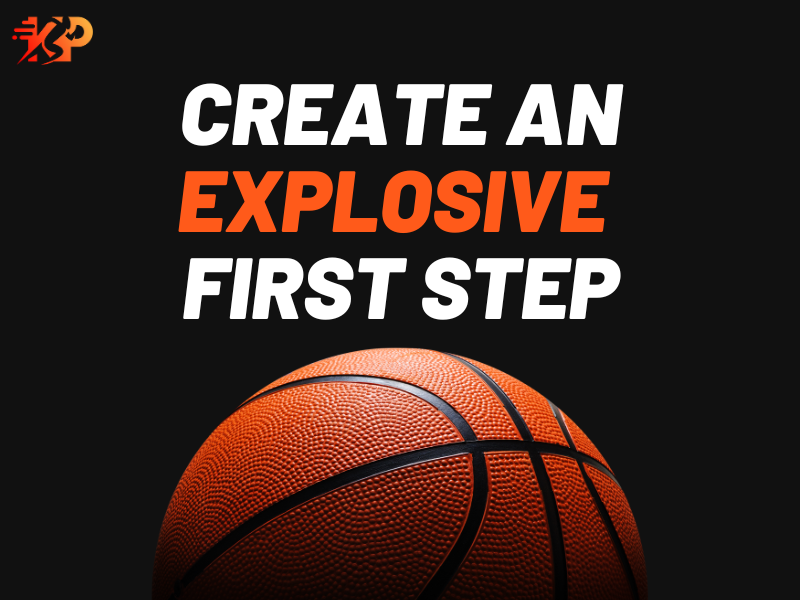How Agility Improves an Athlete’s Performance in Volleyball

By Mark Keil, CSCS
Posted on August 20, 2024

By Mark Keil, CSCS
Posted on August 20, 2024

Agility is essential for volleyball athletes. It enables them to respond quickly to the fast-paced and unpredictable nature of the game.
With agility, players can swiftly change direction, cover large areas, and react effectively to spikes, digs, and blocks. It enhances both offensive and defensive plays, allowing athletes to execute precise movements, whether positioning for a spike or diving for a dig.
Agility facilitates smooth transitions between offense and defense, ensuring players are always in the correct position to make a play.
Agility is the ability to move quickly and change direction efficiently. Whether it’s quick lateral movements, rapid transitions between offense and defense, or the ability to respond to unpredictable situations, agility is essential in enhancing the volleyball athlete’s performance.
This article looks at how agility contributes to different aspects of volleyball, from defensive maneuvers to offensive strategies, and how athletes can develop their agility to optimize performance on the court.
Agility in Defensive Play
The defensive game in volleyball often involves sudden, explosive movements as players dive for digs, block spikes, or chase down the tipped or deflected volleyball.
Agility allows players to quickly change direction, making it easier to cover larger areas and respond to the fast-paced game.
For instance, an agile player can swiftly shift from a ready stance to a diving position, adjusting their body angle to absorb the volleyball’s impact better and prevent it from hitting the ground. This ability to rapidly transition from one position to another is crucial in maintaining a solid defense and preventing the opposing team from scoring.
Moreover, agility enhances the volleyball athlete’s ability to anticipate and read the game.
In volleyball, a block or a deflection off the net can instantly change the volleyball’s trajectory. An agile player can make the split-second decision and quickly adapt to these changes.
Need to improve your agility in Volleyball?
Sign up for Online Training to receive a custom program!
Agility in Offensive Play
Agility is equally vital in offensive play, where the ability to move quickly and change direction can create opportunities for successful attacks. Whether positioning for a set, executing a spike, or faking out defenders with deceptive movements, agility is a critical component of a solid offensive game.
One of the primary offensive skills in volleyball is spiking, which requires power, timing, and precision.
Agility contributes to spiking in several ways.
First, it enables players to quickly approach the net, positioning themselves for an optimal jump. The speed and accuracy of this approach can significantly impact the effectiveness of the spike, as it determines the player’s momentum and angle of attack. A more agile player can approach from different angles, making it harder for defenders to predict where the spike will go.
Additionally, agility allows players to adjust their positioning in mid-air, an essential skill when dealing with blocks. If a defender attempts to block a spike, an agile player can alter their body position to either spike around the block or tip the ball over it, catching the defense off guard.
This ability to make quick adjustments in the air adds a layer of unpredictability to the offense, making it more difficult for the opposing team to defend effectively.
Agility also plays a role in setting, where precision and timing are critical. A setter needs to move quickly to get into position, often covering significant distances in a short amount of time. Once in position, the setter must execute a precise set, often under pressure from the opposing blockers. An agile setter can make these movements fluidly, ensuring the ball is delivered accurately to the hitter, increasing the chances of a successful attack.
Developing Agility for Volleyball
Given the importance of agility in volleyball, athletes must focus on developing this attribute. Agility training should be part of a volleyball player’s training regimen, combining drills that improve the game’s physical and cognitive aspects.
One of the most effective ways to develop agility is through plyometric exercises, which focus on explosive movements that mimic the demands of a volleyball match. Exercises such as box jumps and cone drills help improve an athlete’s ability to change direction quickly and generate power from a stationary position. These exercises enhance agility and contribute to overall strength and conditioning, making players more resilient and less injury-prone.
Another critical component of agility training is reaction drills. Volleyball requires quick thinking and rapid responses to unpredictable situations. Reaction drills, such as partner shadowing or ball drop drills, help players develop the mental agility to read the game and make split-second decisions. They can be tailored to simulate game scenarios, providing players with a realistic and challenging environment to hone their skills.
Footwork is also a fundamental aspect of agility in volleyball. Efficient footwork enables players to move around the court with minimal wasted energy, conserving stamina while maintaining high performance levels. Footwork drills, such as a ladder or shuffle steps, help players develop the coordination and balance necessary for quick, precise movements. These drills can be incorporated into warm-up routines or as part of a more intensive training session.
Conclusion
In volleyball, agility is not just a desirable trait but a necessity.
The fast-paced nature of the game, combined with the need for quick transitions between offense and defense, makes agility a cornerstone of a player’s performance. From defensive maneuvers to offensive strategies, agility influences nearly every aspect of the game, enabling players to react swiftly, move efficiently, and adapt to the ever-changing dynamics of a match.
By focusing on agility training, volleyball players can improve their overall performance, making them more effective and versatile. Players can develop the agility needed to excel on the court through plyometric exercises, reaction drills, footwork training, and sport-specific practice.
Every week I train athletes how to improve their speed and agility. I’ve worked with a D1 Volleyball Team and can show your athlete how to improve their on-court speed and quickness. Interested in trying the program for free? Click here.
Training Resources



